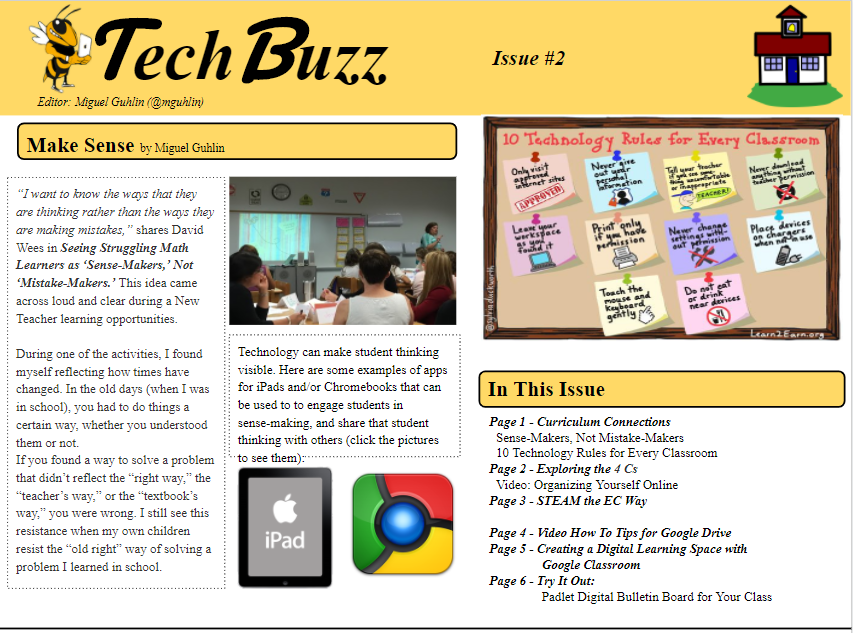You probably already know that the dynamic duo of Screencastify and EdPuzzle allows you to make and save videos. With EdPuzzle, you can insert questions and quizzes and track student progress through a video. As nice as asynchronous video questions are, they sometimes may miss the classroom dynamic. For many teachers, that classroom dynamic is essential. How do you achieve that feeling of watching a video together with students? In this blog entry, we’ll explore a web tool you can use.
Synchronicity Is the Secret Ingredient
One of the toughest experiences I ever had was teaching to a video monitor. Large or small, the audience feels locked in a goldfish bowl. When you’re teaching, you don’t want to be on the outside. You want to be in the water, swimming along with your school of learners. It’s the only way to gauge emotions and enthusiasm.
“How can my students and I watch a video together?” asked one teacher in a Facebook group. The answer is to use a browser-based tool known as SyncTube.
SyncTube to the Rescue
If you asynchronous video watching and response isn’t your style, why not give SyncTube a try? You have the option of creating private or public rooms. Anyone can create a room, and you could make one and then customize the settings to make the room private (not public). You can also specify your name and other information with great control over the room permissions.
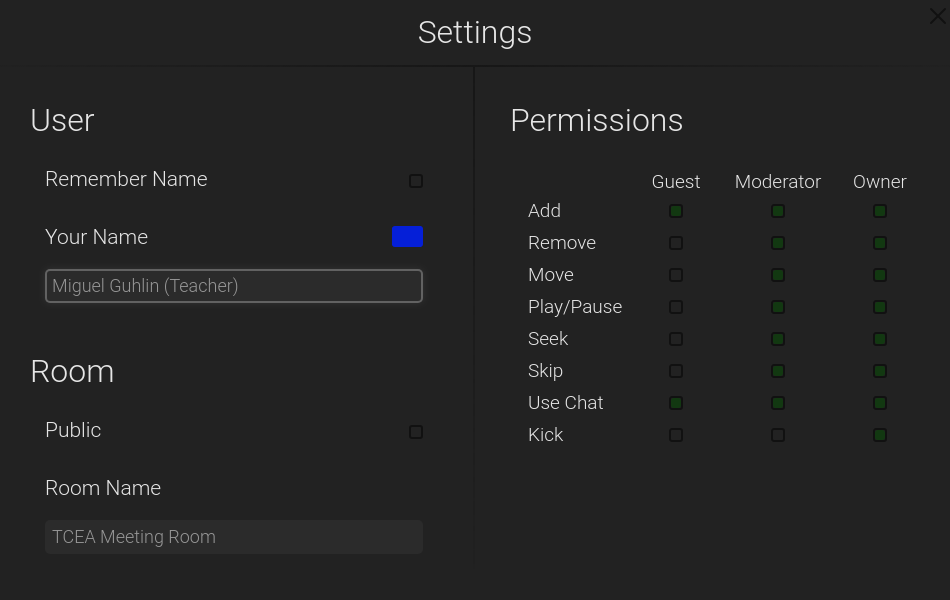
Room Setup in SyncTube
Once you have your room settings the way you need, you are taken back to the main space. At the top of the screen, you can paste in a YouTube video address. This will be what you are going to discuss with your students.
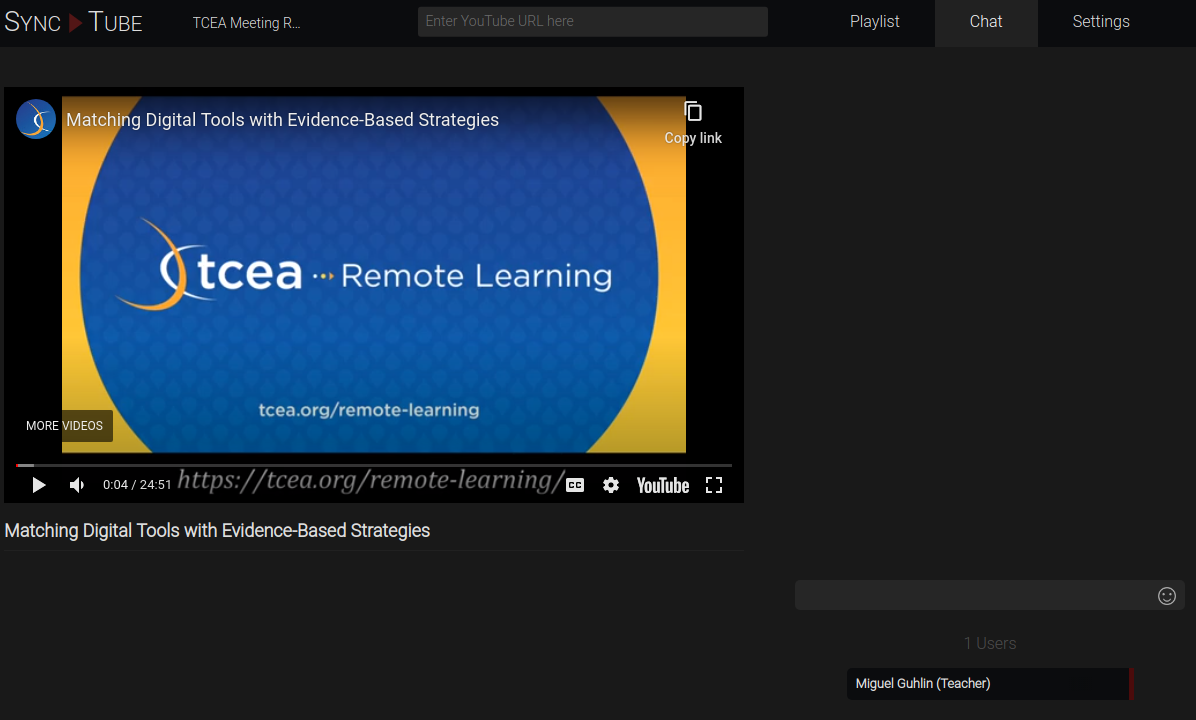
Want to see a room in action? Try this SyncTube room.
As owner/moderator, you have control over the chat, including who can participate and more. If you set up your room to be NOT public, then no one will know the link to your room until you share it.
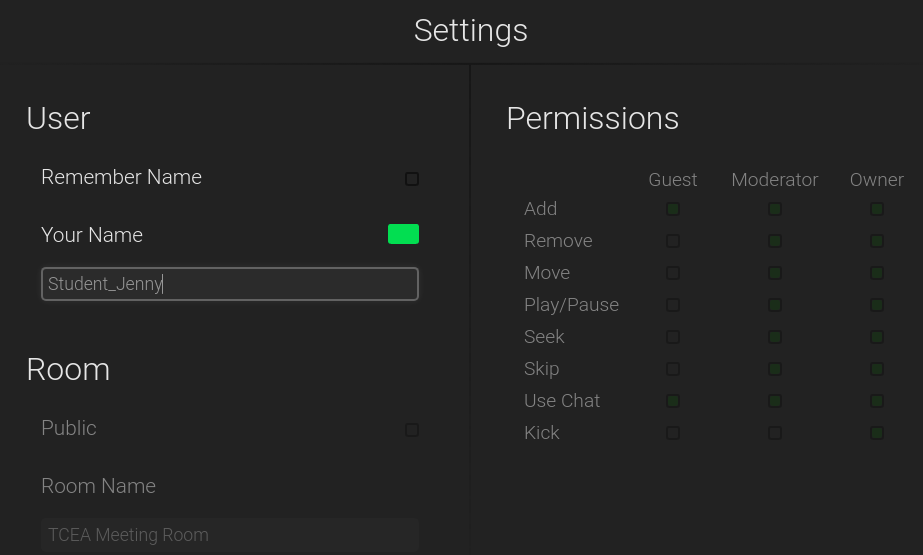
As a chat member, students will be assigned a random name and will be unable to make adjustments to most settings. The only setting they can change is their name. That can be an issue depending on student age and maturity.
When you are in a chat, you will see a screen similar to the one below.
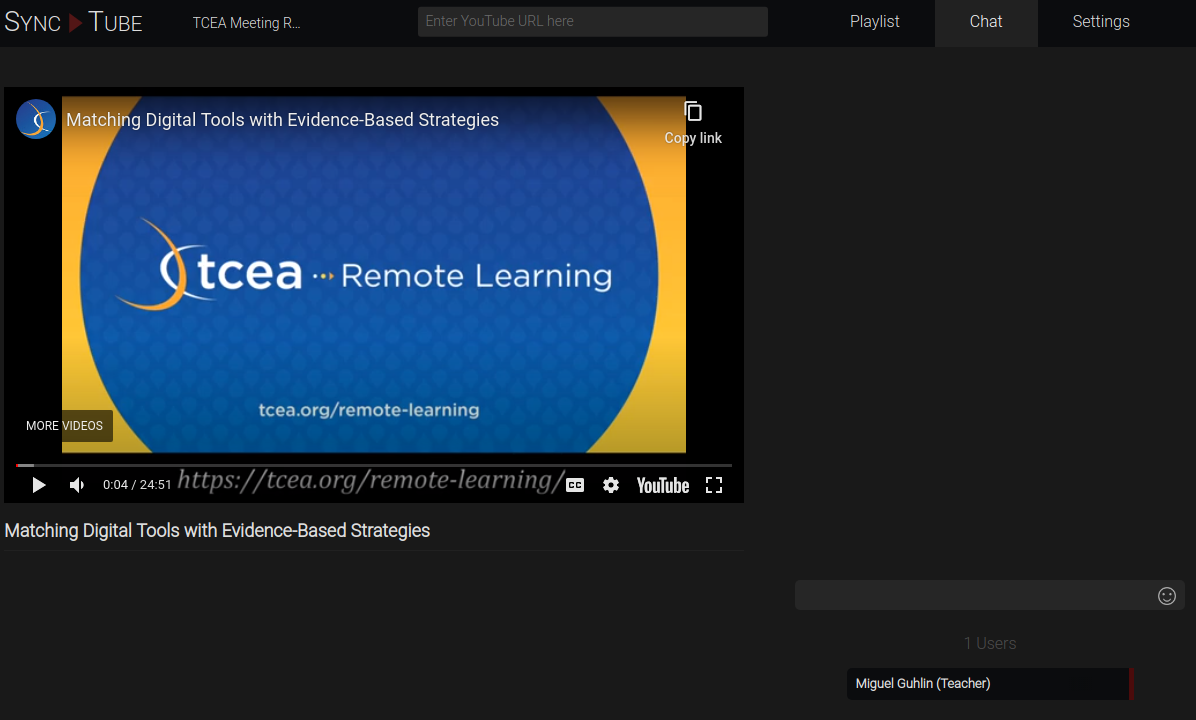
SyncTube in the Classroom
“Should I use SyncTube in my classroom?” That’s an important question to consider. Let’s review some of the features.
Available Features
- Teacher controls start and stop of the video. Students cannot play video or control it at all.
- Links are hyperlinked in the chat.
- Moderator/Owner can “promote” or “kick out” chat members.
- Owner has complete control over the room settings.
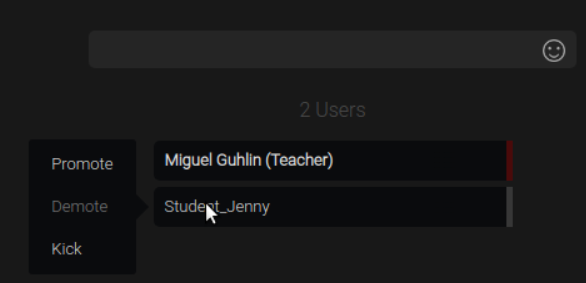
Missing Features
- Renaming students is unavailable except to the student.
- Inappropriate content may be available at SyncTube if students go searching on their own.
- A class roster upload to set student names is unavailable.
- Student accounts are not passworded, and privacy issues may arise (e.g. a student could pretend to be another child).
A K-12 teacher shared she was using SyncTube in collaboration with Google Classroom. Her workflow involved creating a video viewing room with SyncTube, then sharing the link in Google Classroom. The missing features make me nervous about recommending it for use in K-12. But for high school and college, I can see using this tool.
As a result of missing features, this would be a hard “No, lacks appropriate controls” would be my response as a technology director. You could mitigate this if there were teachers or instructional assistants serving as intermediaries.
Other Options
One other option you might consider is ShareTube. It offers different features that gives you some more control.
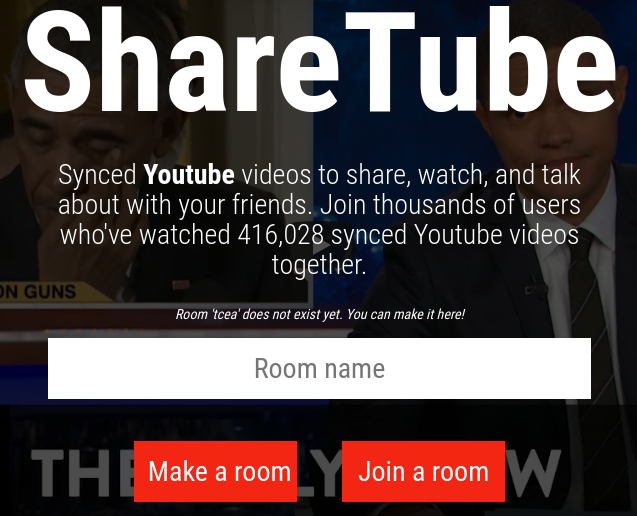
Another alternative, foreshadowing education tools to come is BlaTube.com.
School Community Gatherings
One common problem for school and district administrators has been setting up a virtual space for large meetings. One way to meet this need is for principals to prerecord a video message, then make it available. Viewers could offer feedback via the chat feature.
Consider carefully whether SyncTube and some of these other shared tools will help with communicating and teaching remotely or if they just possibly provide more problems for you to have to conquer.




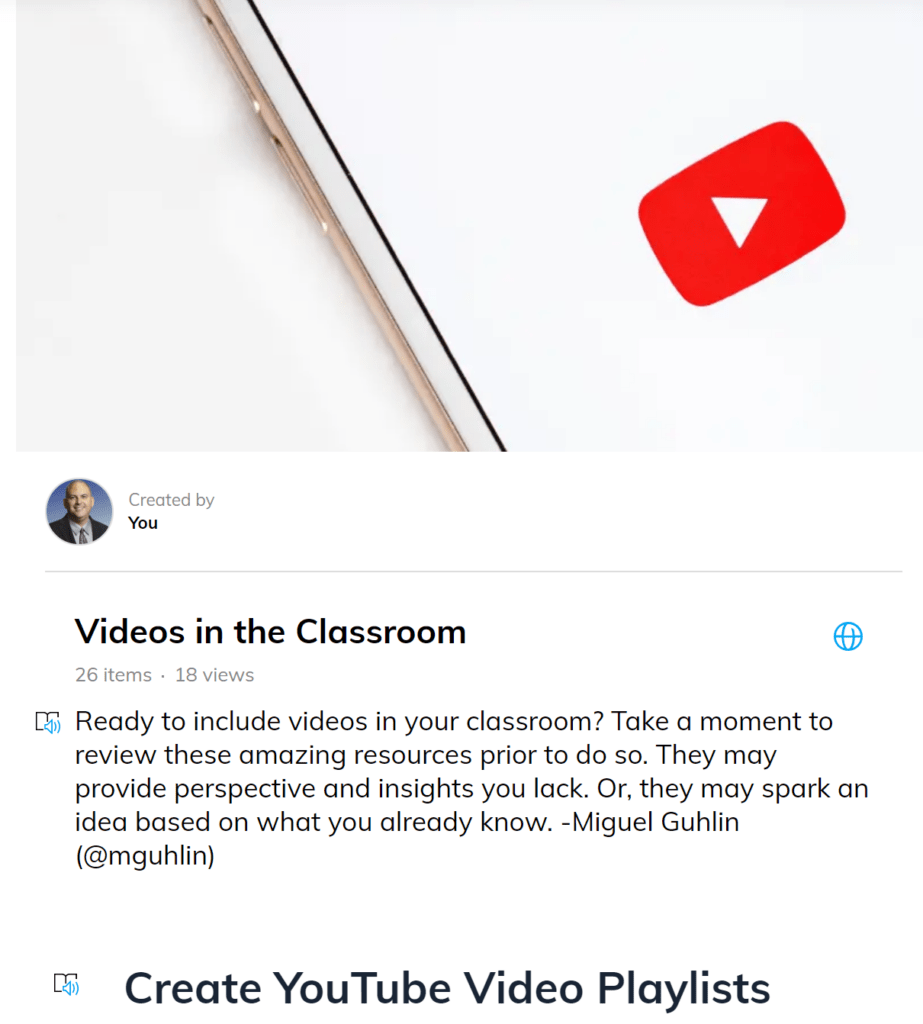



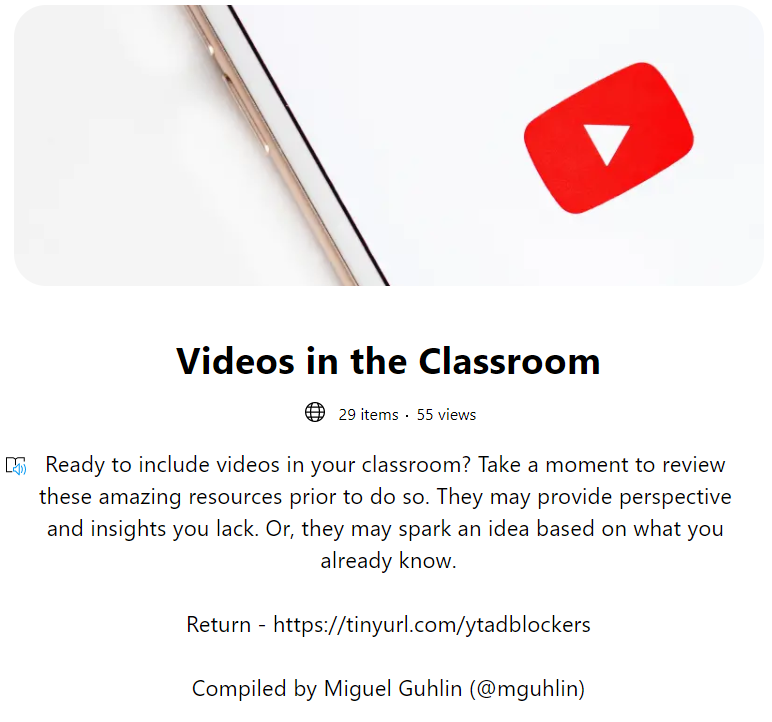
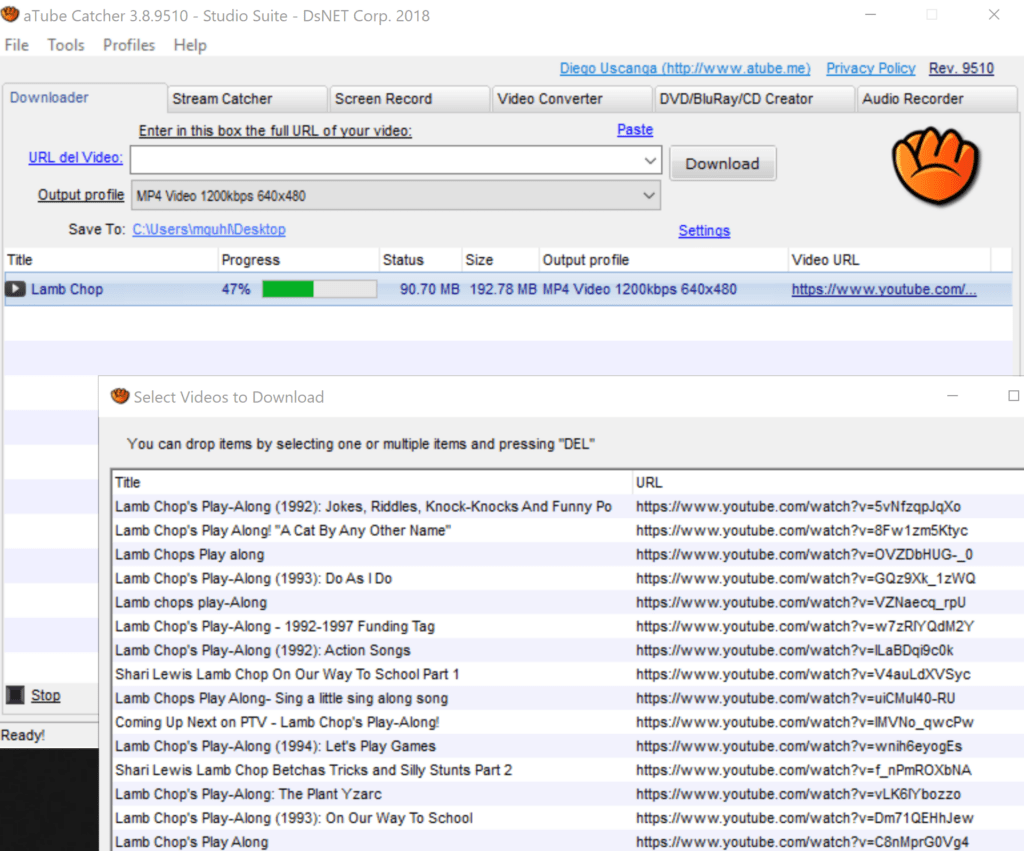

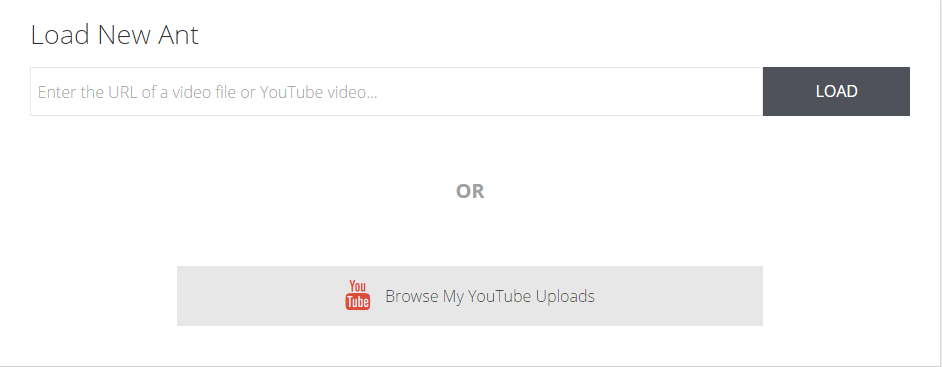

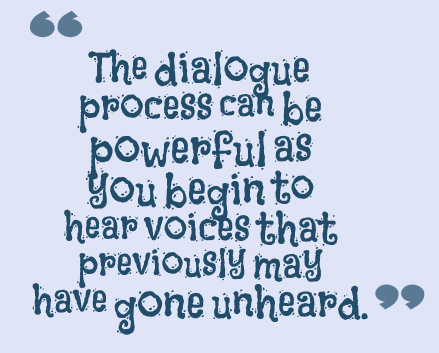

 engine to search for websites that have all three of these words. After the search, click on the word Images at the top of the page. This will produce a page full of images of U.S. monuments.
engine to search for websites that have all three of these words. After the search, click on the word Images at the top of the page. This will produce a page full of images of U.S. monuments.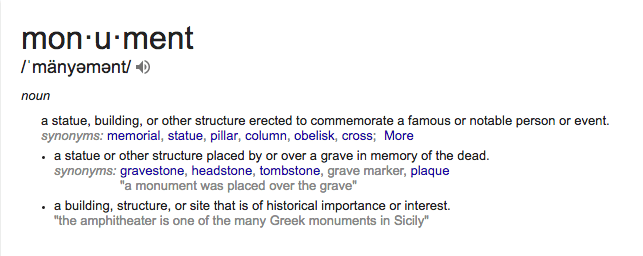 Prior to the class, select a group of YouTube videos about different U.S. and Texas monuments. Create a playlist and have your students watch the videos. Here is a
Prior to the class, select a group of YouTube videos about different U.S. and Texas monuments. Create a playlist and have your students watch the videos. Here is a  responses as a group activity. Instead of creating a Slide presentation, have the students draw images illustrating what they learned about the monument on a storyboard. This helps the students make critical decisions about what images best represent their learning and the order the images should be placed to communicate their ideas to an audience. These are necessary skills that will help them when they are older and are able to create a Slide presentation. Learning what to include and exclude is important to know. You could also take photos of their pictures and put them in a Slide presentation.
responses as a group activity. Instead of creating a Slide presentation, have the students draw images illustrating what they learned about the monument on a storyboard. This helps the students make critical decisions about what images best represent their learning and the order the images should be placed to communicate their ideas to an audience. These are necessary skills that will help them when they are older and are able to create a Slide presentation. Learning what to include and exclude is important to know. You could also take photos of their pictures and put them in a Slide presentation.
